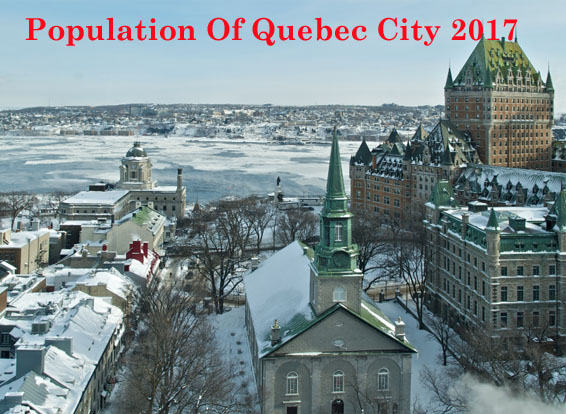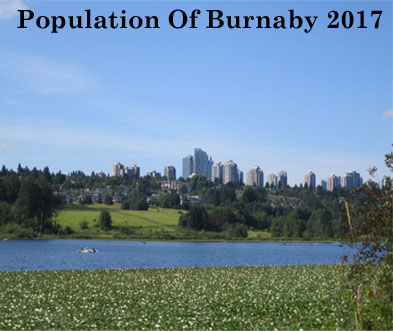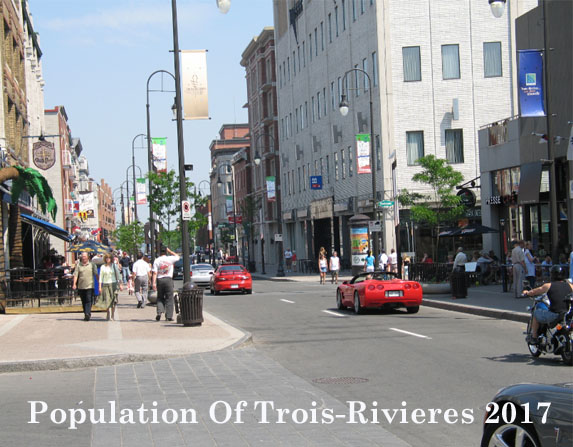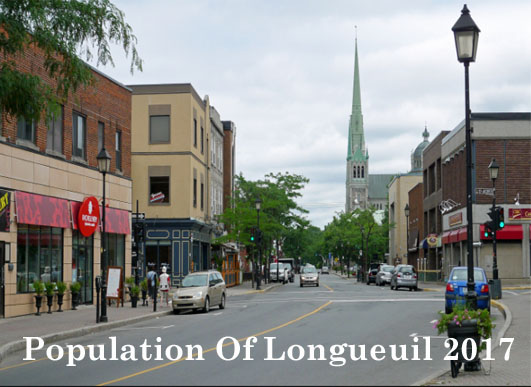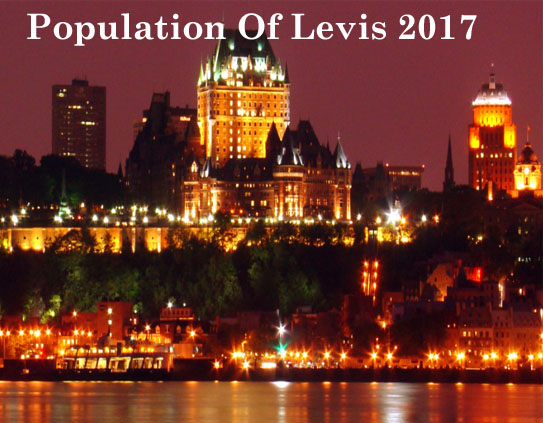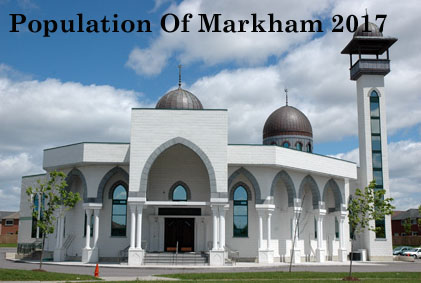Manitoba is a region situated at the longitudinal focal point of Canada. It is one of the three prairie areas and is the fifth-most crowded territory in Canada. It covers an area of 649,950 square kilometers with a generally differed landscape. The province is flanked by the territories of Ontario toward the east and Saskatchewan toward the west, Nunavut toward the north and North Dakota and Minnesota toward the south. Its capital and biggest city, Winnipeg, is Canada’s eighth-biggest Census Metropolitan Area.
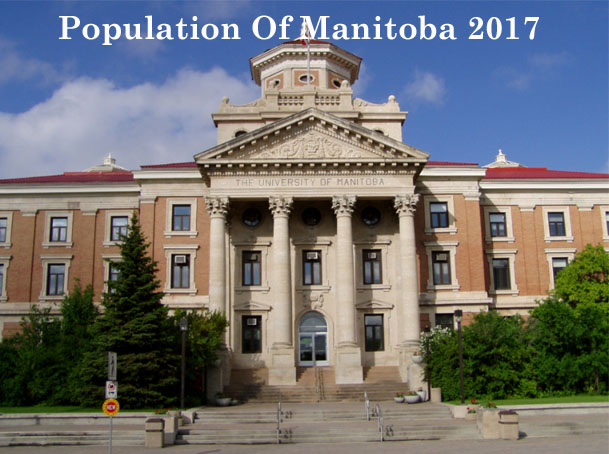
POPULATION OF MANITOBA IN 2017:
As per the 2011 evaluation, Manitoba had a population of 1,208,268. Winnipeg is Canada’s eighth-biggest Census Metropolitan Area. It is the lone Canadian region with more than 55% of its population is situated in a solitary city.
Talking about population, in order to check out the population of Manitoba in 2017, we need to have a look at the population of the past 5 years. They are as per the following:
- 2012 – 1.254 Million
- 2013 – 1.265 Million
- 2014 – 1.282 Million
- 2015 – 1.293 Million
- 2016 – 1.295 Million
Taking a look at the population of Manitoba from the year 2012-16, it has been noticed that there has been an increase of 0.041 Million in the past 5 years. Therefore, it has been seen that every year the population increases by 0.0082 Million. Hence, the population of Manitoba in 2017 is forecasted to be 1.295 Million +0.0082 = 1.303 Million. So, the population of Manitoba in the year 2017 as per estimated data = 1.303 Million.
Manitoba Population 2017 – 1.303 Million(Estimated)
DEMOGRAPHY OF MANITOBA:
There is a noteworthy indigenous group: Aboriginals are Manitoba’s quickest growing ethnic group, speaking to 13.6 percent of Manitoba’s population as per 2001. There is a huge Franco-Manitoban minority (148,370) and a developing aboriginal number of people (192,865, incorporating the Métis). Gimli, Manitoba is home to the biggest community or ethnic group of Iceland outside of Iceland. As per the 2006 Canadian enumeration, the biggest ethnic group is English of around 22.9%, trailed by German of 19.1%, Scottish consists of 18.5%, Ukrainian comprises of 14.7%, Irish of 13.4%, North American Indian consists of 10.6%, Polish of 7.3%), Métis consists of 6.4%), French of 5.6%, Dutch comprises of 4.9% and Russian of about 4.0%.
POPULATION DENSITY AND GROWTH OF MANITOBA:
The populace density of Manitoba stands at 2.2 persons per square kilometer. Starting 2011 to 2014, information reports have seen fast population increment and it is well over the national average. Just two areas, Saskatchewan and Alberta, had more populace growth rates as compared to Manitoba for this time frame. Manitoba has the most births the territory has experienced in 21 years. In the most recent years, Manitoba has encountered its biggest yearly population gains in more than two decades. Its population is developing at one of the highest rates found in Canada. The province has the second greatest populace spike among the 10 regions in Canada over the recent years as per population and estimates released.
FACTS ABOUT MANITOBA:
- Manitoba has more than 100,000 lakes and waterways, the ideal draw for fishermen looking for a portion of the continent’s biggest fish.
- The world’s biggest trilobite known as Isotelus rex was found in northern Manitoba and can be seen at the Manitoba Museum in Winnipeg.
- The Winnipeg Art Gallery has the world’s biggest accumulation of contemporary Inuit craftsmanship.
- The world’s biggest curling rock lives in Arborg, Manitoba, situated outside of the Arborg-Bifrost Curling Club, the stone measures 4.2 m.
- The Royal Winnipeg Ballet is Canada’s most seasoned dance organization and the longest consistently working ballet organization in North America.

